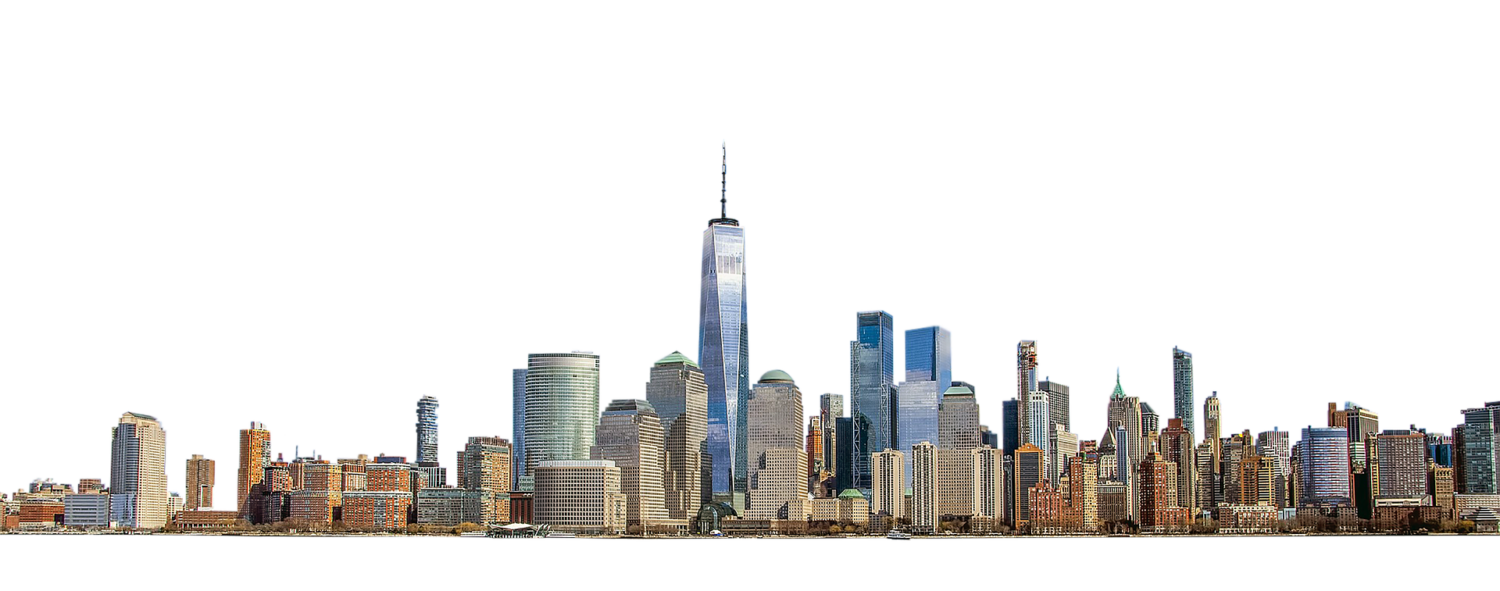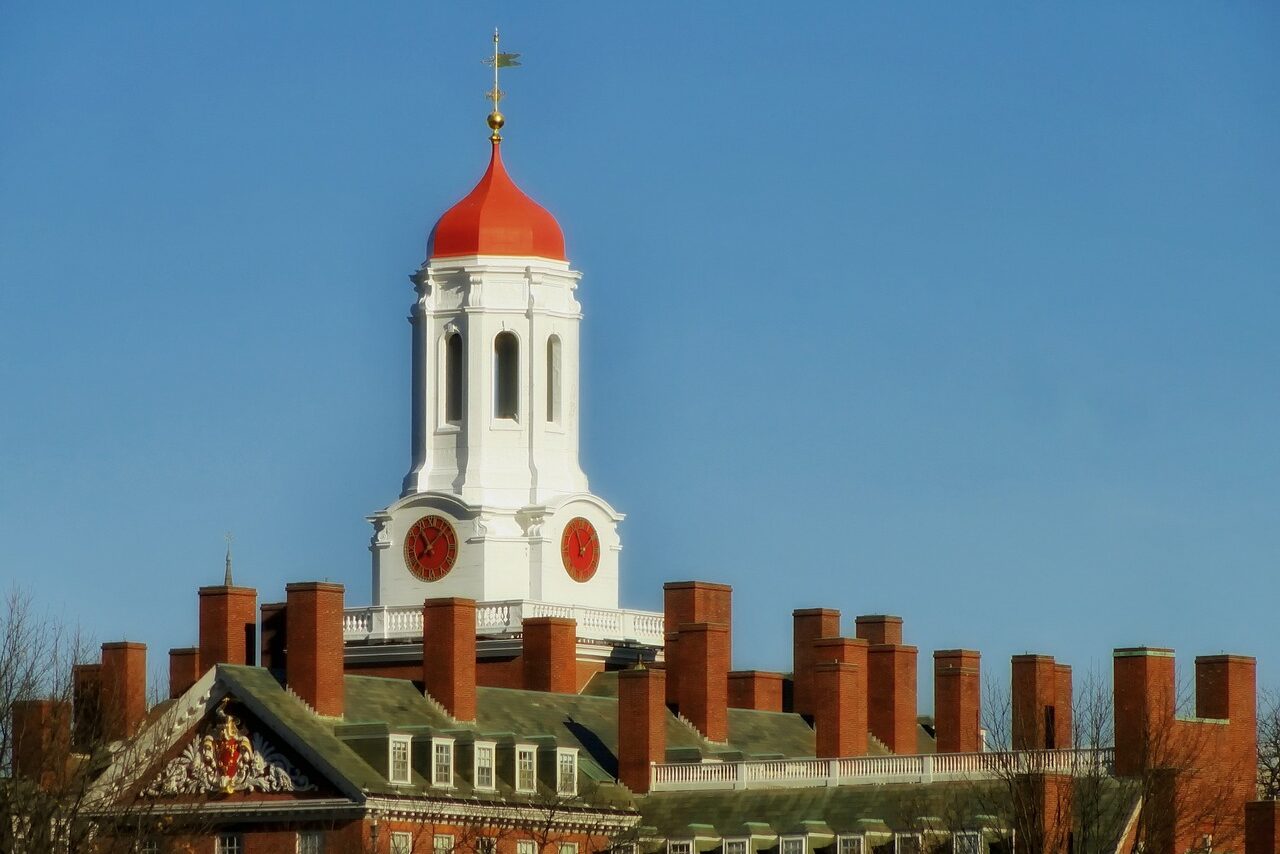Harvard University – Harvard University is one of the most famous and oldest universities in the United States, whose graduates become representatives of the political and scientific elite around the world. The university is located in a scientific town called Cambridge, which is located in the state of Massachusetts. Harvard is a member of the association of eight private universities in the United States – the Ivy League, which is famous for its elitism and high standards of education.
Harvard University Departments
Harvard University is a strong educational and research center that excels equally in teaching in the humanities, sciences, and engineering.
Harvard has a total of 11 academic units – 10 departments and the Radcliffe Institute for Advanced Study.
The largest division is the Faculty of Arts and Sciences (FAS). It is the only department that offers two levels of study – undergraduate and graduate. Within the framework of FAS, the following institutions operate:
- Harvard College for undergraduates;
- The Graduate School of Arts and Sciences (GSAS) for masters and doctoral students;
- School of Engineering and Applied Sciences (awards degrees on behalf of the college and GSAS);
- Division of Continuing Education (includes the Harvard Summer School and the School of Extended Education).
The remaining departments and their corresponding schools of design, educational sciences, medicine, dentistry, theology, and law teach only at the graduate and doctoral levels. The Harvard Business School is widely known, where students can earn an MBA or doctorate in business. Honors are held by the John F. Kennedy School of Management. John F. Kennedy School of Government and the Harvard T. H. Chan School of Public Health. Tan H. Chan.
Harvard University’s most popular fields of study include medicine, economics, business, law, and political science.
Harvard University facilities
Harvard University’s main campus is located in Cambridge, Massachusetts, in “Harvard yard. It contains the administrative buildings, some of the library and academic buildings, and most of the freshman dormitories. Year 2 and undergraduates live in nearby “residential houses” which are more than just dormitories. They are home to a variety of individual workshops and seminars, and they host a variety of cultural and social activities, as well as opportunities for students to socialize with faculty members in informal settings, such as over lunch in the common dining hall.
Harvard offers unique educational resources. The Harvard Library, the largest academic library in the world, has over 20 million volumes, 180,000 periodicals, 400 million manuscripts, 10 million photographs, and over 5 terabytes of digitized archives. All of this is within the library’s nearly 80 branches, which are available to every undergraduate student.
Harvard University also has many world-renowned museums covering more than 28 million works of art, artifacts, unique specimens and materials. The Peabody Museum of Archaeology and Ethnology, the Harvard Museum of Natural History, and the Harvard Museum of Art are all located here. Many of the collections are key to the University’s research activities.
In 2008, Harvard also launched the Common Spaces Program, which aims to strengthen the connections of the academic community. This initiative creates new and enhances existing spaces for students and faculty to interact.

